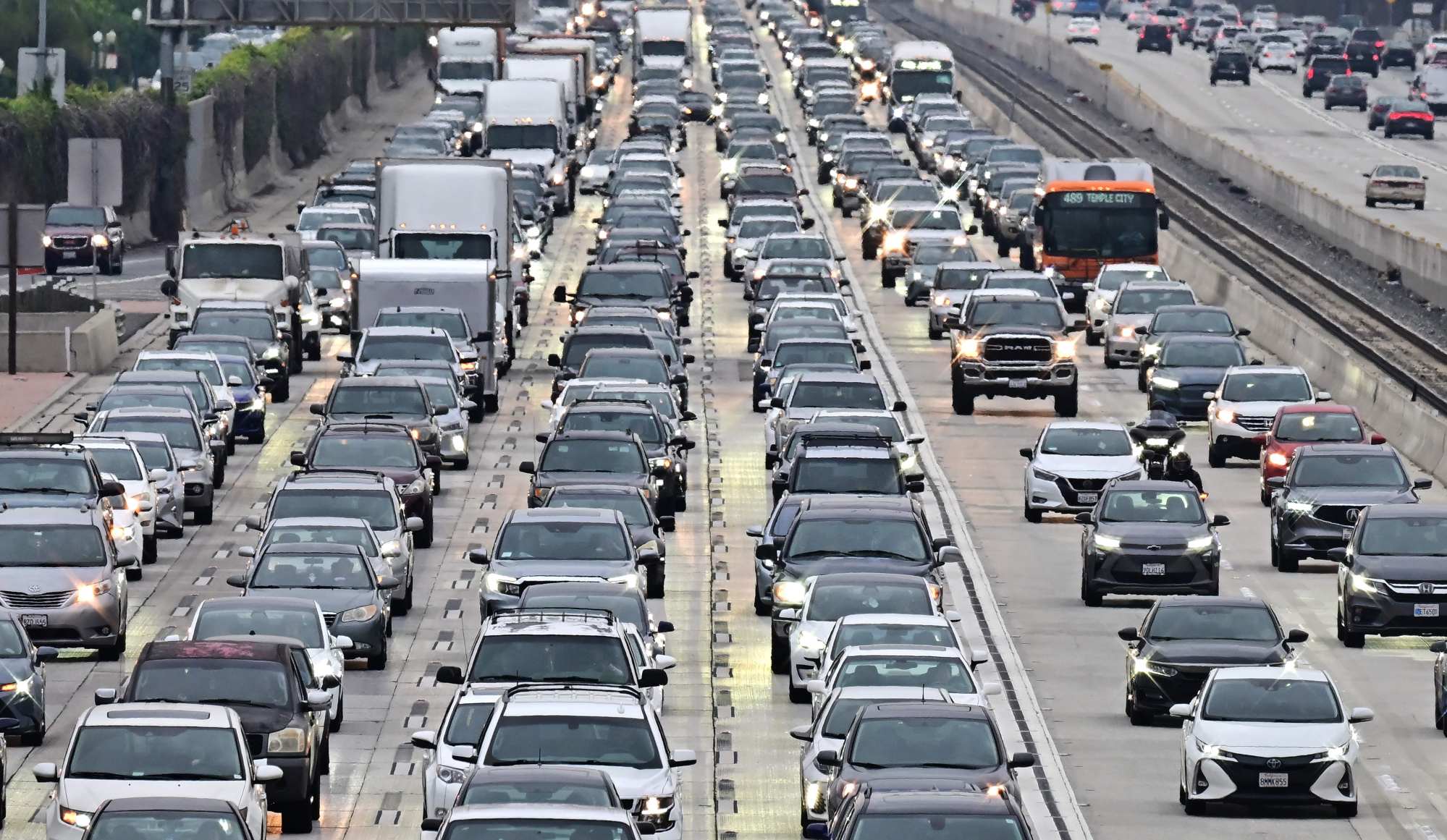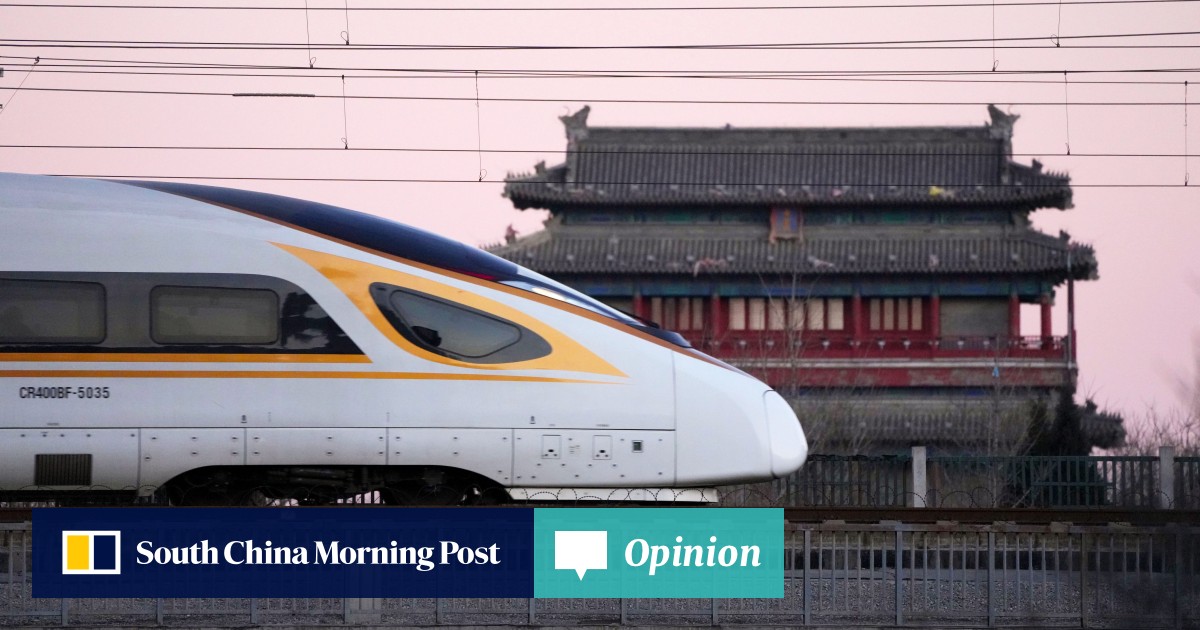beijingwalker
ELITE MEMBER

- Joined
- Nov 4, 2011
- Messages
- 65,191
- Reaction score
- -55
- Country
- Location
Why the US needs to go down China’s public transport route
- The convenient subway system in big cities like Shanghai and the country’s expansive rail network make car ownership unnecessary and exploring China easy
- Investment in public transport in the US would not only fuel the economy and create jobs, but help low-income communities, reduce emissions and revitalise urban areas
Anthony W.D. AnastasiPublished: 3:30am, 22 Jul, 2023
After spending an uninterrupted three-and-a-half years in China, this summer was my first opportunity to return home and visit family and friends in sunny south Florida. I sold my car before moving to China, so this was my first experience of being back home in the United States without my own automobile.
The absurdly priced Uber trips, poorly covered bus routes and the nuisance I caused my friends and family asking for rides made me wonder how anyone in the US can live without a car.
During my years in Shanghai, I have never had the need to own a car. Shanghai’s 19-line, 802km-long subway system is an incredible way to get around. Not only has it saved me money, when compared to my life in South Florida, but it has also made me healthier, thanks to walking more.
When travelling outside Shanghai, instead of taking a plane or driving an immensely long distance, like I would have done in the US, I have taken trains. China’s traditional train and high-speed rail system is sufficiently developed, quick and very convenient.
My return to the US after spending so much time in China has made it obvious that the US should take a page out of China’s book and invest massively in public transport. Investing in public transport can fuel economic growth in the US. By expanding public transport infrastructure, the US could generate millions of immediate job opportunities across construction, operations and maintenance.
Additionally, accessible public transport connects low-income earners to employment centres, empowering them to secure jobs they previously could not reach. This inclusivity not only boosts individual livelihoods but also expands the overall labour force, fostering productivity and driving long-term economic growth.

Vehicles head east on a freeway during the evening rush hour commute in Los Angeles, California. Photo: AFP
The cost of car ownership is a significant financial burden on American households. Shifting towards public transport would relieve middle-class families from the hefty expenses associated with cars, such as fuel, insurance and maintenance. This surplus income can be redirected towards consumer spending, injecting vitality into local businesses and bolstering the economy from the ground up.
Embracing a public transport system like China’s offers a sustainable solution that would help combat climate change and create a more beautiful environment. By adopting buses, subways and trains on a larger scale, the US can significantly reduce its carbon footprint, leading to cleaner air and a healthier planet for future generations.
Furthermore, public transport networks eliminate the need for vast car parks, allowing for urban revitalisation and the creation of green spaces. Transforming these concrete wastelands into parks, gardens and community hubs enhances the beauty and livability of our cities.
A robust public transport system can profoundly improve mobility, connectivity and overall well-being. Efficient public transport offers affordable and convenient travel options, enabling families to reunite more easily and fostering connections between communities. It also encourages domestic tourism, allowing individuals to explore different regions within the country, broadening their horizons and nurturing a stronger sense of national unity.
Moreover, prioritising public transport can lead to safer roads and a reduction in traffic-related accidents and fatalities. By promoting walking and active commuting to public transport stops, we can encourage physical activity, combat sedentary lifestyles and contribute to better public health outcomes.
In 2021, the Biden administration was able to get a bipartisan infrastructure bill passed, which totalled over US$1 trillion in new infrastructure spending over a five-year period, with US$550 billion of it going towards new transport, broadband and utilities.
In contrast, China has plans to spend US$1.8 trillion in 2023 on large infrastructure projects, including transport, the expansion of energy generation capabilities, and the creation of industrial parks, a 17 per cent increase from last year. Needless to say, Biden’s bill does not go far enough for an economy as large as the US.
Though its history, the US has had a pragmatic streak, being able to take great ideas from abroad and adapt them to its local conditions, such as the interstate highway system. If there is one thing the United States can learn from China, it is public transport.

Opinion: Why the US needs to go down China’s public transport route
The convenient subway system in big cities and the country’s expansive rail network make car ownership unnecessary and exploring China easy. Investment in public transport in the US would not only fuel the economy and create jobs, but help low-income communities, reduce emissions and revitalise...






